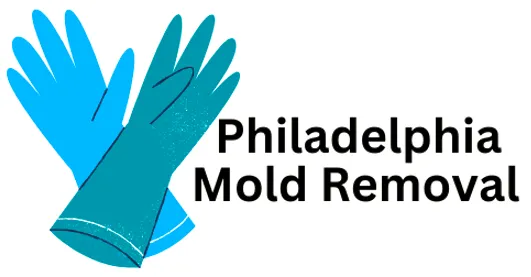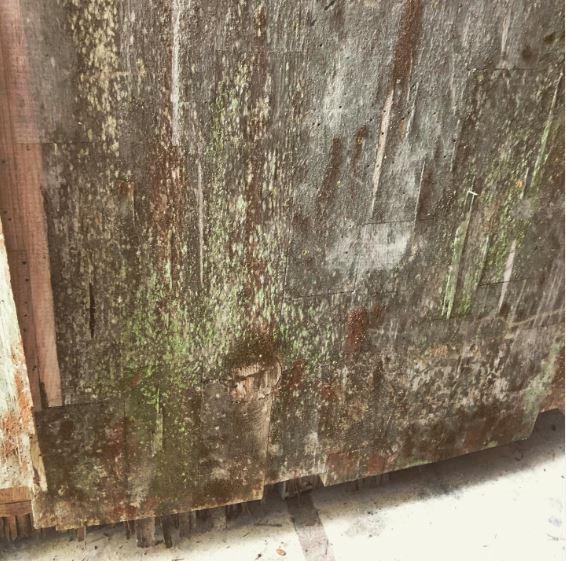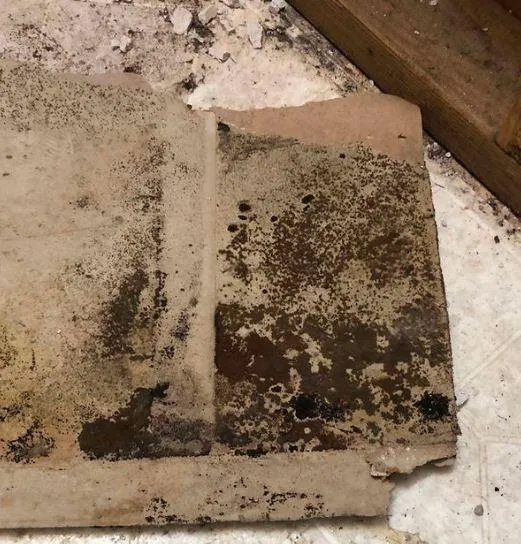
Philadelphia Mold Removal
Mold on Wood Removal, Philadelphia PA
On wood, mold development will appear as white discoloration, green streaks, or black dots. It's crucial to act if you spot any of these areas. Numerous mold species can exist in both indoor and outdoor environments. While most molds are not harmful to you, some can be, primarily if they reside in your house.


Products to Use in Removing Mold From Wood
Mold-removing household solutions are relatively easy to find. You may kill mold with deadly chemicals or non-toxic, natural alternatives, so be ready with safety gear. Whether the wood has been painted or stained and whether it is porous can help determine the best option for specific materials. Some varieties of non-porous wood have surfaces where mold can grow, although not all types of wood. The difference is that because the roots are inside permeable wood, mold cannot form on them.
You can only treat non-porous wood with borax. It removes mold and stops new development. However, when combined with warm water in a spray bottle, the situation worsens, harming porous wood. Surprisingly, vodka effectively cleans the wooden surface and kills mold on painted or colored wood.
You can only treat non-porous wood with borax. It removes mold and stops new development. However, when combined with warm water in a spray bottle, the situation worsens, harming porous wood. Surprisingly, vodka effectively cleans the wooden surface and kills mold on painted or colored wood.
Use a brush or sponge dipped in the mixture to gently scrape the mold off the damaged wood surfaces. Once you remove all observable mold stains, you can give the wood one final rinse. The goal is to completely dry out as soon as possible and reduce mold's likelihood of growing there.
Bleach use is strictly discouraged – On porous materials like drywall or wood, mold may develop in every nook and crevice, making eliminating all the spores from unreachable places challenging. When you finish cleaning, mold can reappear from these little cracks.
After removing the mold from the wood, you may need to sand any remaining mold stains. The finest sandpaper on the market is essential to erase any lingering traces. Different hardware stores offer various grits in small quantities. When sanding, wear protective equipment since the process may produce contagious mold spores.
Removing and replacing the old wood is another option for cleaning mold from wood. Replacing wood may require less time and effort than cleaning expansive or challenging surfaces. A HEPA vacuum cleaner will help you capture mold spores in the air after cleaning the mold off your hardwood furniture and surfaces. Some home vacuums integrate HEPA filters, such as Dyson's. Still, it would help to exercise caution while emptying the dirt into the trash.

Philadelphia Mold Removal
Philadelphia, PA
(215) 999-6306
